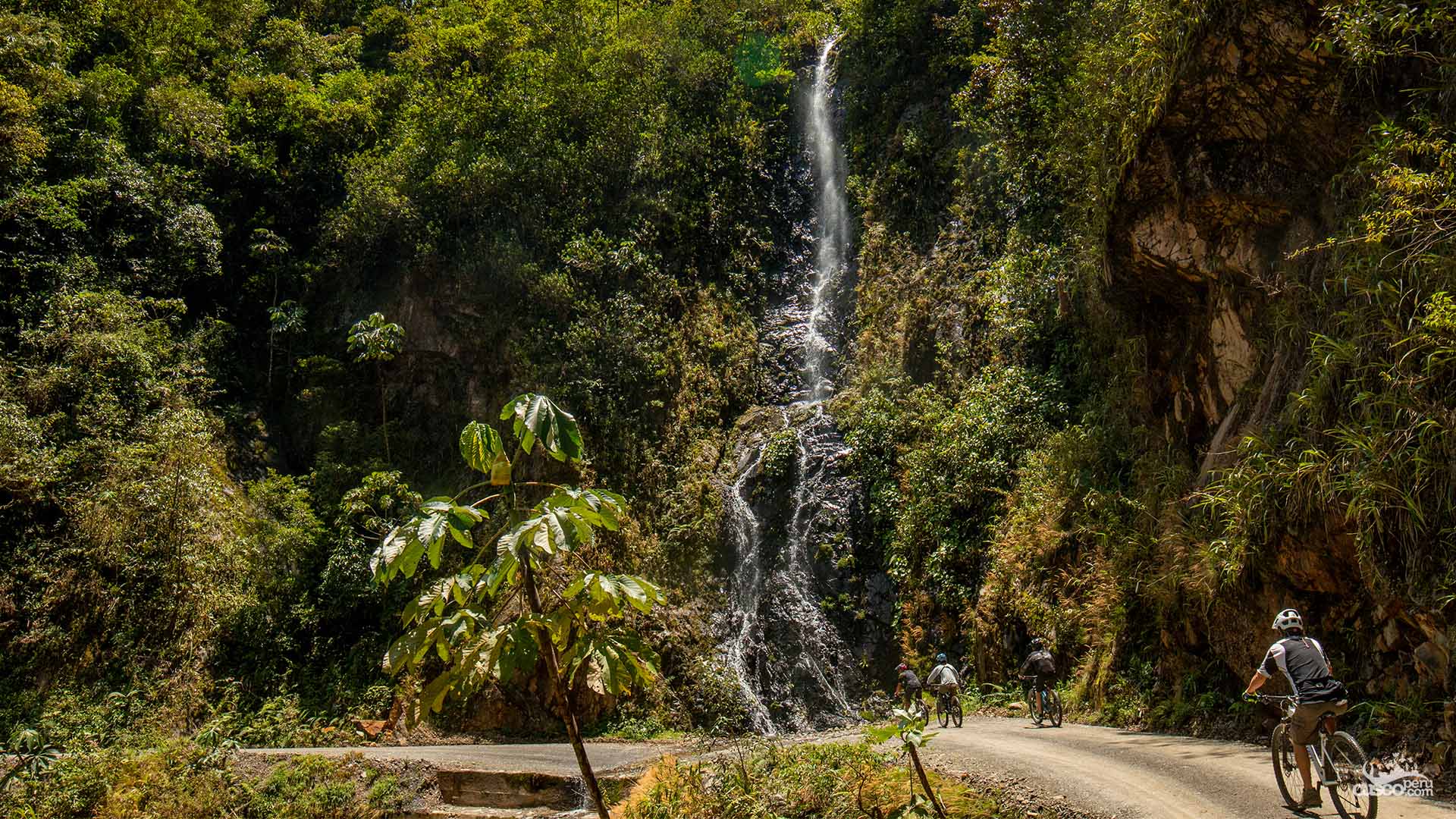

The vast Peruvian Amazon, traversed by the mighty Amazon River, can be divided into two distinct zones: the High Jungle (montane jungle), located above 700 meters above sea level, and the Low Jungle, below 700 meters.
The climate throughout the Peruvian jungle is hot and humid, remaining relatively constant year-round.
Table of Contents
The Peruvian jungle is made up of five departments: Loreto, Amazonas, San Martin, Ucayali, and Madre de Dios, each with its own distinctive climate.
In the north: Loreto, the largest department, has a tropical climate and lush vegetation. Amazonas, located near the border with Ecuador, enjoys a warm and rainy climate that nourishes its dense forests. San Martin has a warm climate that makes it a must-visit destination.
In the center: Ucayali has a warm and very rainy climate, perfect for exploring its many waterfalls.
In the south: Madre de Dios is famous for its warm sunsets, often accompanied by light rain.
In the Peruvian jungle, the seasons are not very pronounced; however, they can be identified by the amount of rainfall.
In addition, there are 2 intermediate seasons:
It is important to note that, throughout the year, the climate in the Peruvian jungle is generally stable and favorable for tourism, although heavy rains are always a possibility.
The Peruvian jungle is divided into two main areas, each with its own temperature ranges.
The High Jungle: Average highs reach up to 26°C, with lows around 12°C. Humidity levels range between 80% and 90%. From May to August, temperatures can drop further, reaching as low as 8–12°C.
Low Jungle: Average temperatures can rise to 31°C and drop to 15°C, with humidity levels of up to 75%.
Overall, humidity in the jungle remains very high throughout the year.
The Peruvian Amazon receives its heaviest rainfall between November and April, a period when 80% of the annual precipitation occurs. The Low Jungle records over 1,000 mm of rain per year, while the High Jungle receives between 2,600 and 4,000 mm annually, with some areas surpassing 8,000 mm.
Between April and October, rainfall is less frequent, rivers lower their levels, and roads are easier to travel. During the rainy season, however (November to March), daily downpours are common and can often damage or block access roads.


When visiting the Peruvian jungle, it is essential to bring the right clothing and accessories to adapt to the varied climate. Here are some recommendations:
Ready to explore the Peruvian jungle safely and comfortably?
Discover our guided tours led by local experts who will take you to the most fascinating corners of the Peruvian rainforest. [discover more here]

Happy passengers